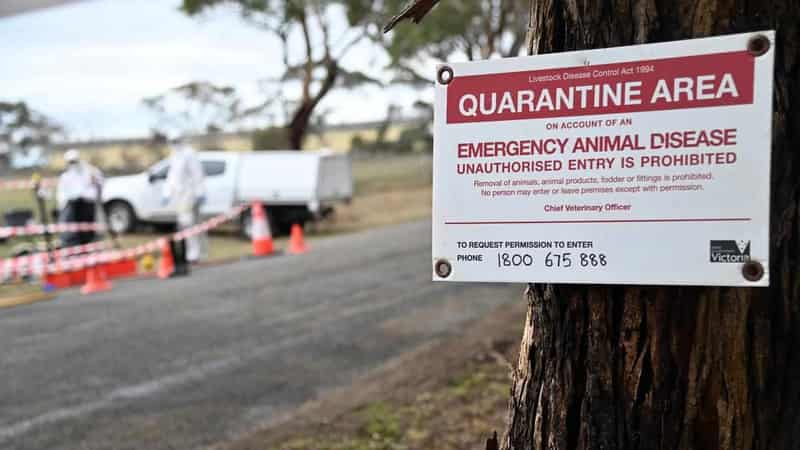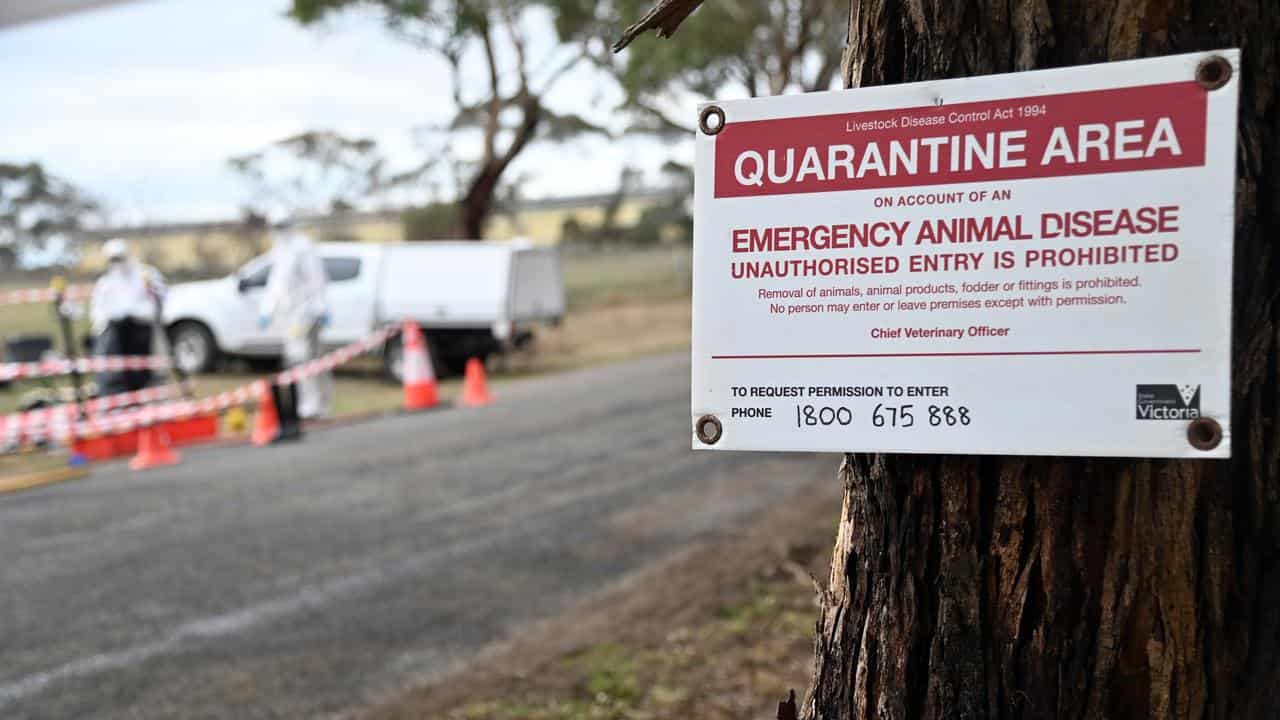
Farmers are battening down the hatches, anticipating the arrival of a deadly bird flu strain which threatens an already-disrupted poultry industry and the very existence of some endangered species.
With egg purchase limits still in place at major supermarkets in multiple states and more than two million commercial birds culled nationwide due to H7N3, farmers are being warned to prepare for the arrival of the deadliest strain of the flu, H5N1.
"It would be horrific for the agricultural industry and it would be horrific for the native wildlife because it won't just be agriculture that gets impacted," Victorian Farmers Federation vice president and egg producer Danyel Cucinotta told AAP.
Known as highly pathogenic avian influenza, H5N1 primarily affects animals.
But of 900 human infections across the globe, more than half were fatal, according to the World Health Organisation.
Billions of animals are believed to have died in the global outbreak, according to the World Organisation for Animal Health.
The strain has reached every continent except for Australia/Oceania but that's expected to change as the warmer months bring wild bird migrations.
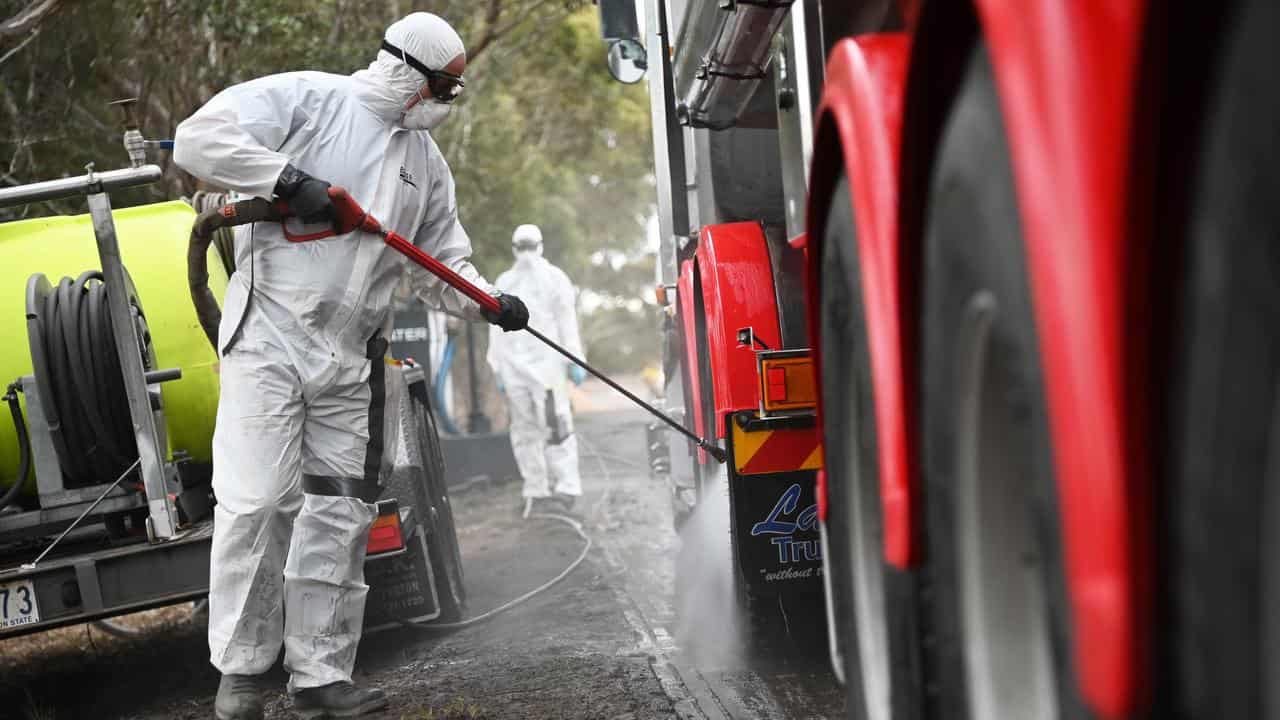
BirdLife Australia and the Invasive Species Council is calling for more federal funding to protect threatened wildlife, ahead of an emergency meeting with state environment and agriculture ministers on October 18.
BirdLife Australia chief executive Kate Millar says the meeting will have "all the decision makers in the room".
"We need them to recognise that the current allocation of funding for protecting Australia’s birds and other wildlife from this deadly strain of bird flu won’t have any meaningful impact," she said in a statement.
Only $580,000 had been allocated to support early detection and response to H5N1 in Australian wildlife.
"This virus is on Australia’s doorstep. When it arrives, the window of opportunity to respond will be short."
Invasive Species Council advocacy director Jack Gough said it was crucial the emergency meeting didn't become "just a talkfest", noting a $66 million allocation to prepare for African swine flu.
“We need real money committed and clear national preparation milestones agreed to which focus on actually reducing wildlife deaths and stopping extinctions of wildlife like Tassie devils, Australian sea lions, black swans," Mr Gough said.
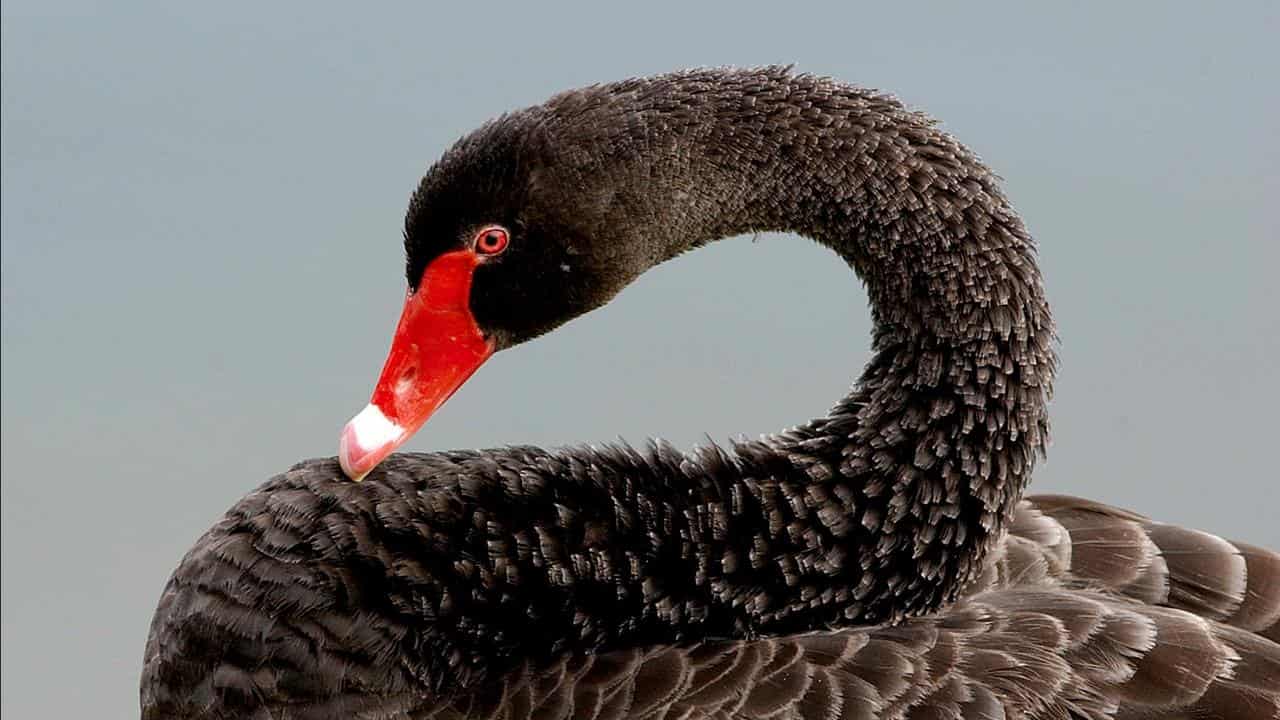
The massively disruptive H7N3 outbreak was first detected in western Victoria in May, with other H7 strains confirmed on farms in NSW and the ACT.
Ms Cucinotta told AAP her Victorian farm was not in the affected area but the supply chain disruption had been impossible to ignore.
"We actually eat about 19 million eggs a day nationwide," she said.
Producers have been struggling to keep up with demand and several major supermarkets still have carton purchase limits in multiple states.
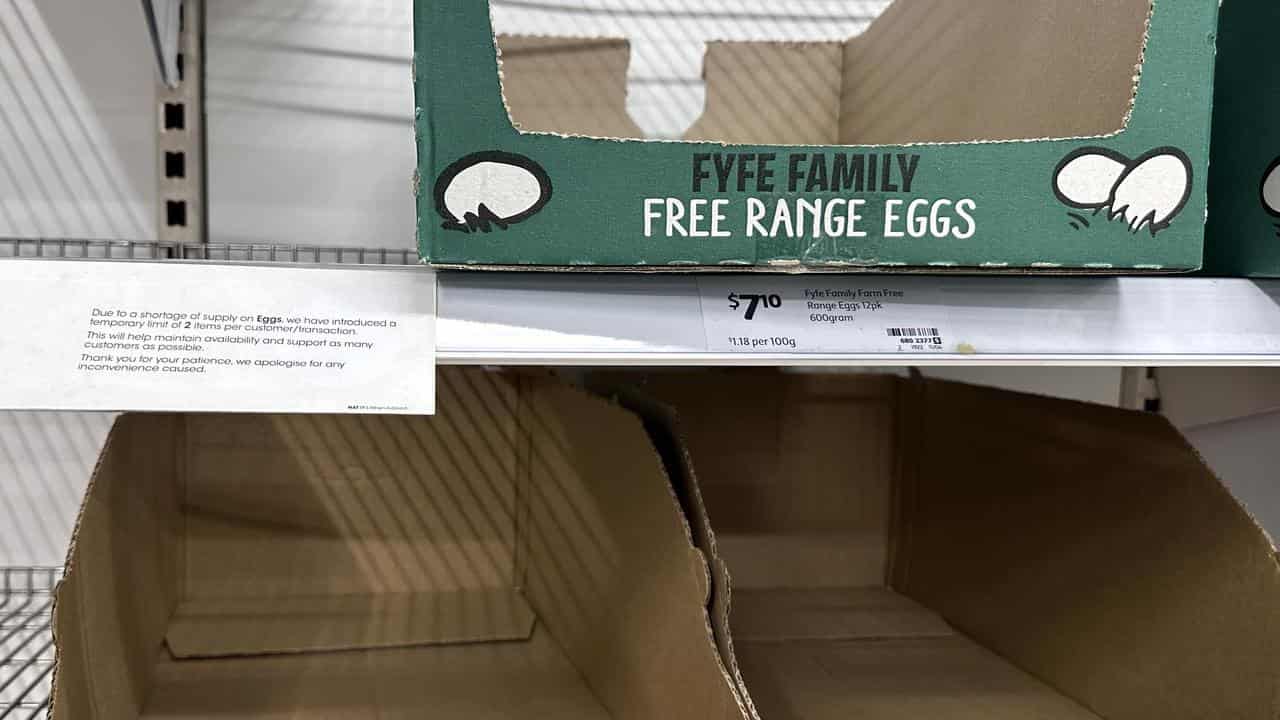
"Because we've taken over two million birds out of the nationwide flock, you obviously can't make up for that in in a couple of months," Ms Cucinotta said.
It generally took between six and 18 months for supplies to recover after a single biosecurity outbreak, she said.
The VFF was working with the state government and established a working group with the Victorian chief veterinary officer to assess the state's current preparedness for H5N1.
The working group will review the recent H7 outbreak, identifying gaps and offering suggestions for improved response protocols.
Ms Cucinotta urged all farmers to have a biosecurity plan in place, but said the responsibility went beyond commercial operators.
"People with backyard hens, you have a responsibility in the biosecurity chain as well," she said.
"You absolutely need to be aware of the signs and symptoms of avian influenza and know the animal disease hotline just as much as the person who has 100,000 chickens for commercial production."
